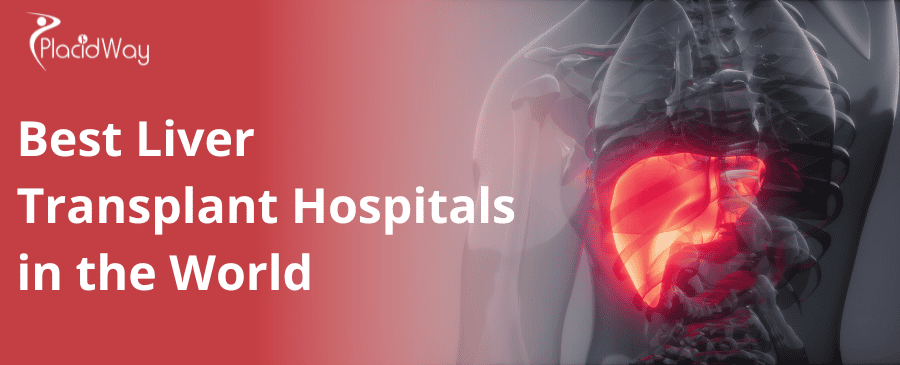
A liver transplant is a life-saving surgical procedure that replaces a diseased or failing liver with a healthy one from a donor. For patients with end-stage liver disease, it offers a second chance at life. The complexity and cost of this procedure have led many to seek care at specialized centers of excellence around the globe. This guide provides a comprehensive overview of the world's top liver transplant clinics, the cutting-edge procedures they offer, and what patients need to know when considering medical tourism for this critical surgery.
Key Takeaways
-
Patients from the USA and Europe can achieve life-altering cost savings of 70-90% by choosing a liver transplant in countries like India or Turkey.
-
Top international destinations like India and Turkey have highly developed Living Donor Liver Transplant (LDLT) programs, offering a vital alternative to the long waiting lists for deceased donors in Western countries.
-
The cost of a liver transplant varies dramatically worldwide:
-
Liver Transplant Cost in India: $25,000 – $40,000
-
Liver Transplant Cost in Turkey: $60,000 – $100,000
-
Liver Transplant Cost in Mexico: $80,000 – $120,000
-
Liver Transplant Cost in the USA: $500,000 – $850,000+
-
Top Liver Transplant Hospitals in the World
The following hospitals are globally recognized as centers of excellence for liver transplantation, known for their high success rates, experienced surgical teams, and state-of-the-art infrastructure.
Memorial Hospital Group
– Istanbul, Turkey

As a JCI-accredited institution, Memorial Hospital Group is a powerhouse in organ transplantation in Turkey and the wider region. Its Organ Transplant Center is renowned for performing a high volume of liver transplants, including complex pediatric cases, with success rates that meet and often exceed global standards.
Key Transplant Services:
-
Living Donor Liver Transplant (LDLT)
-
Pediatric Liver Transplantation
-
Combined Organ Transplants (e.g., liver-kidney)
Artemis Hospitals
– Gurgaon, India

Artemis Hospital, located in India's medical hub of Gurgaon, is a top destination for international patients. Its state-of-the-art transplant unit provides a multidisciplinary approach, with teams of hepatologists, transplant surgeons, and critical care specialists working together to ensure the best possible outcomes for liver transplant recipients.
Key Transplant Services:
-
Cost-effective LDLT and DDLT programs
-
Advanced biliary and pancreatic surgery
-
Comprehensive post-transplant care
Florence Organ Transplant Center
– Istanbul, Turkey

Part of the Florence Nightingale Hospital Group, this dedicated center is a pioneer in liver transplantation in Turkey. They focus on innovation, patient safety, and achieving excellent long-term results. The center is particularly noted for its expertise in LDLT and its commitment to using the latest surgical techniques.
Key Transplant Services:
-
Specialized Living Donor Liver Transplant programs
-
Hepatobiliary-Pancreatic Surgery
-
Advanced diagnostic and imaging facilities
Medical Park Hospitals Group
– Istanbul, Turkey

Medical Park is one of Turkey's largest healthcare groups and its organ transplant centers are among the most active in the world. They have performed thousands of successful transplants, attracting patients globally. Their teams are skilled in handling even the most complex cases, with a strong focus on both adult and pediatric patients.
Key Transplant Services:
-
High-volume liver, kidney, and bone marrow transplants
-
Internationally renowned surgical teams
-
All-inclusive packages for medical tourists
HEPATICA - The Home of Minimally Invasive Surgery
– Alexandria, Egypt
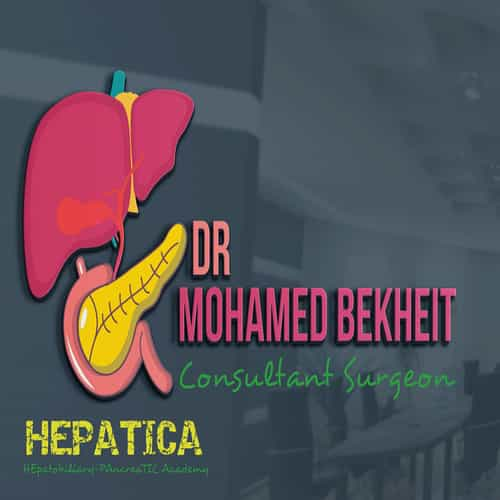
HEPATICA stands out for its focus on minimally invasive techniques in liver surgery. Located in Alexandria, this specialized center offers advanced procedures for liver, bile duct, and pancreas conditions. Their expertise extends to transplant surgery, with an emphasis on techniques that reduce recovery time and improve patient comfort.
Key Transplant Services:
-
Minimally Invasive Donor Hepatectomy
-
Liver Resection and Tumor Ablation
-
Regenerative medicine for liver health
Life After a Liver Transplant
Living with a new liver is a lifelong journey that requires commitment to a healthy lifestyle and strict adherence to medication, but most recipients go on to lead full, productive lives.
Recovery doesn't end after leaving the hospital. The post-transplant period is critical for long-term success.
-
Immunosuppressants: Patients must take anti-rejection medications for the rest of their lives. These drugs suppress the immune system to prevent it from attacking the new liver.
-
Regular Follow-ups: Frequent check-ups with a hepatologist, including blood tests and imaging, are necessary to monitor liver function and check for signs of rejection or other complications.
-
Healthy Lifestyle: A balanced diet, regular exercise, and avoiding alcohol and tobacco are crucial for protecting the new liver and overall health.
Expert Insight "The single most important factor for long-term success after a liver transplant is medication adherence. Taking your immunosuppressants exactly as prescribed, every single day, is non-negotiable. It's the key that allows your body to accept the new organ and gives you the chance to live a long, healthy life." - A Chief Transplant Hepatologist
What is a Liver Transplant and Who Needs One?
A liver transplant is a surgical operation to remove a liver that no longer functions properly and replace it with a healthy liver. It is a treatment option for individuals with end-stage liver disease or acute liver failure when other medical treatments have failed.
The liver is a resilient organ with over 500 vital functions, including filtering toxins from the blood, producing bile for digestion, and making essential proteins. When the liver is severely damaged and can no longer perform these functions, a condition known as liver failure, a transplant becomes necessary.
Candidates for a liver transplant typically suffer from chronic liver diseases such as:
-
Cirrhosis: Scarring of the liver due to various causes, including viral hepatitis (B and C), alcoholic liver disease, and non-alcoholic fatty liver disease (NAFLD).
-
Hepatocellular Carcinoma (HCC): A type of primary liver cancer.
-
Acute Liver Failure: A rapid loss of liver function, often caused by a drug overdose or viral infection.
-
Biliary Atresia: A common reason for liver transplants in infants, where bile ducts are blocked.
-
Genetic Liver Diseases: Conditions like Wilson's disease or hemochromatosis.
Patient eligibility is often determined using the MELD score (Model for End-Stage Liver Disease), which predicts survival and prioritizes patients on the transplant waiting list.
Why Travel Abroad for a Liver Transplant?
Medical tourism for liver transplantation is primarily driven by three factors: dramatic cost reductions, significantly shorter waiting times, and access to advanced Living Donor Liver Transplant programs.
While the quality of care in their home country may be high, many patients face insurmountable obstacles. International transplant centers provide solutions to these critical challenges.
-
Massive Cost Savings: The cost of a liver transplant in the U.S. can be financially devastating. Top-tier hospitals in India and Turkey perform the same procedure with comparable or better outcomes for a fraction of the cost.
-
Avoiding Long Waiting Lists: In many Western countries, the demand for organs far outstrips the supply of deceased donors, leading to wait times that can be fatal for critically ill patients.
-
Access to Living Donor Programs: Countries like Turkey and India are global leaders in Living Donor Liver Transplant (LDLT). This allows a healthy person to donate a portion of their liver, providing a timely, life-saving option that bypasses the deceased donor waiting list entirely.
Types of Liver Transplants: Deceased vs. Living Donor
The two primary sources for a new liver are a deceased donor or a living donor. Living donor transplants have become a revolutionary option, especially in medical tourism destinations.
Deceased Donor Liver Transplant (DDLT)
This is the traditional form of transplant, where the liver comes from an individual who has been declared brain-dead. The entire liver is transplanted into the recipient. The main challenge with DDLT is the severe shortage of organs and the long, unpredictable waiting period.
Living Donor Liver Transplant (LDLT)
In an LDLT, a healthy living person—often a family member or a close friend—donates a portion of their liver. Surgeons remove a segment of the donor's liver (e.g., the right lobe) and implant it into the recipient. This is possible due to the liver's remarkable ability to regenerate.
Did You Know? The human liver has an incredible capacity for regeneration. After a living donor surgery, the remaining portions of the liver in both the donor and the recipient grow back to their full, original size within just 8-12 weeks.
Cost of Liver Transplants Globally
The financial burden of a liver transplant is one of the biggest challenges for patients. The following table illustrates the stark cost differences between the U.S. and leading medical tourism hubs.
This comprehensive cost often includes the extensive pre-operative evaluation, the surgery itself, hospital stay, medications, and initial post-operative care for both the recipient and the living donor, if applicable.
Disclaimer: These are estimated prices and can vary. They typically do not include travel, long-term accommodation, or long-term medication costs.
Frequently Asked Questions (FAQs)
Q1: What is the success rate of a liver transplant?
The success rate for liver transplantation is very high. Globally, the one-year survival rate for patients is between 85% and 90% at major centers. Many recipients live for more than 20-30 years after their surgery with good quality of life.
Q2: Who can be a living liver donor?
A living donor is typically a close family member or friend between the ages of 18 and 60. They must be in excellent physical and mental health, have a compatible blood type, and have a liver that is large enough to be safely divided. A thorough medical and psychological evaluation is required.
Q3: Can you live a normal life after a liver transplant?
Yes, overwhelmingly so. Most recipients return to work, enjoy their hobbies, travel, and have families. While it requires lifelong medical management, the goal of a transplant is to restore a person to a normal, active, and fulfilling life.
Q4: How long does the waiting list for a liver transplant take?
In countries like the US, the wait for a deceased donor can be months to several years, depending on blood type, MELD score, and geographic region. This is a primary reason why Living Donor Liver Transplant (LDLT) programs in countries like Turkey and India are so vital, as they allow for the surgery to be scheduled within weeks.
Q5: How long does liver transplant surgery take?
The surgery is complex and typically takes between 4 to 8 hours. For a living donor transplant, there are two simultaneous operations: one for the donor (donor hepatectomy) and one for the recipient, requiring two expert surgical teams.
Q6: Which country is the best for a liver transplant?
India is often considered the best for its combination of world-class surgical skill, high success rates, and unparalleled affordability. Turkey is also a global leader, particularly renowned for its high volume and expertise in Living Donor Liver Transplants.
Take the First Step Towards a Healthier Future with PlacidWay.
A liver transplant is a monumental decision. PlacidWay is here to provide clarity and support on your journey. We connect you with the world's most reputable liver transplant centers, help you get second opinions, and provide transparent, all-inclusive quotes.
Contact PlacidWay today to receive a FREE, personalized consultation and explore your life-saving treatment options.



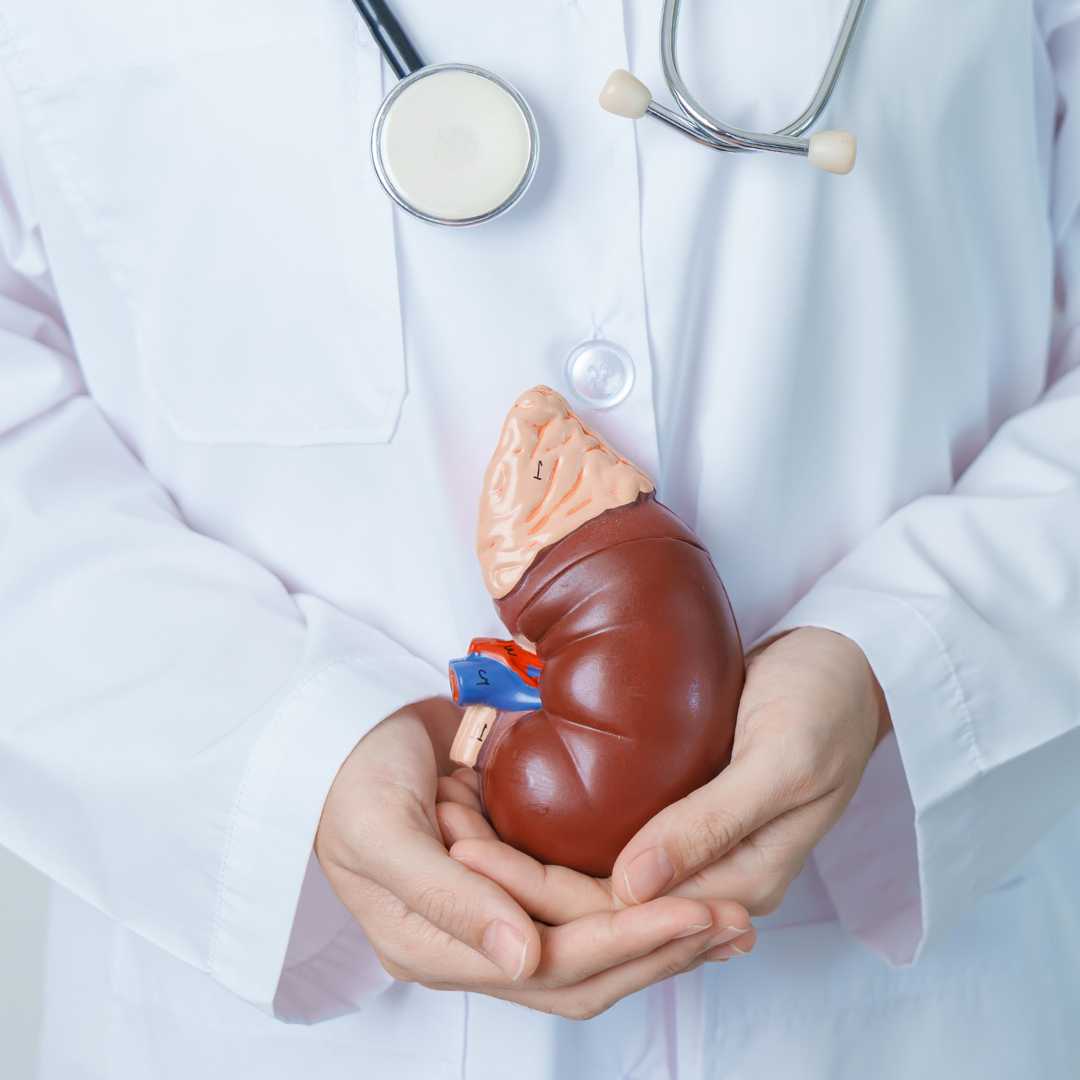
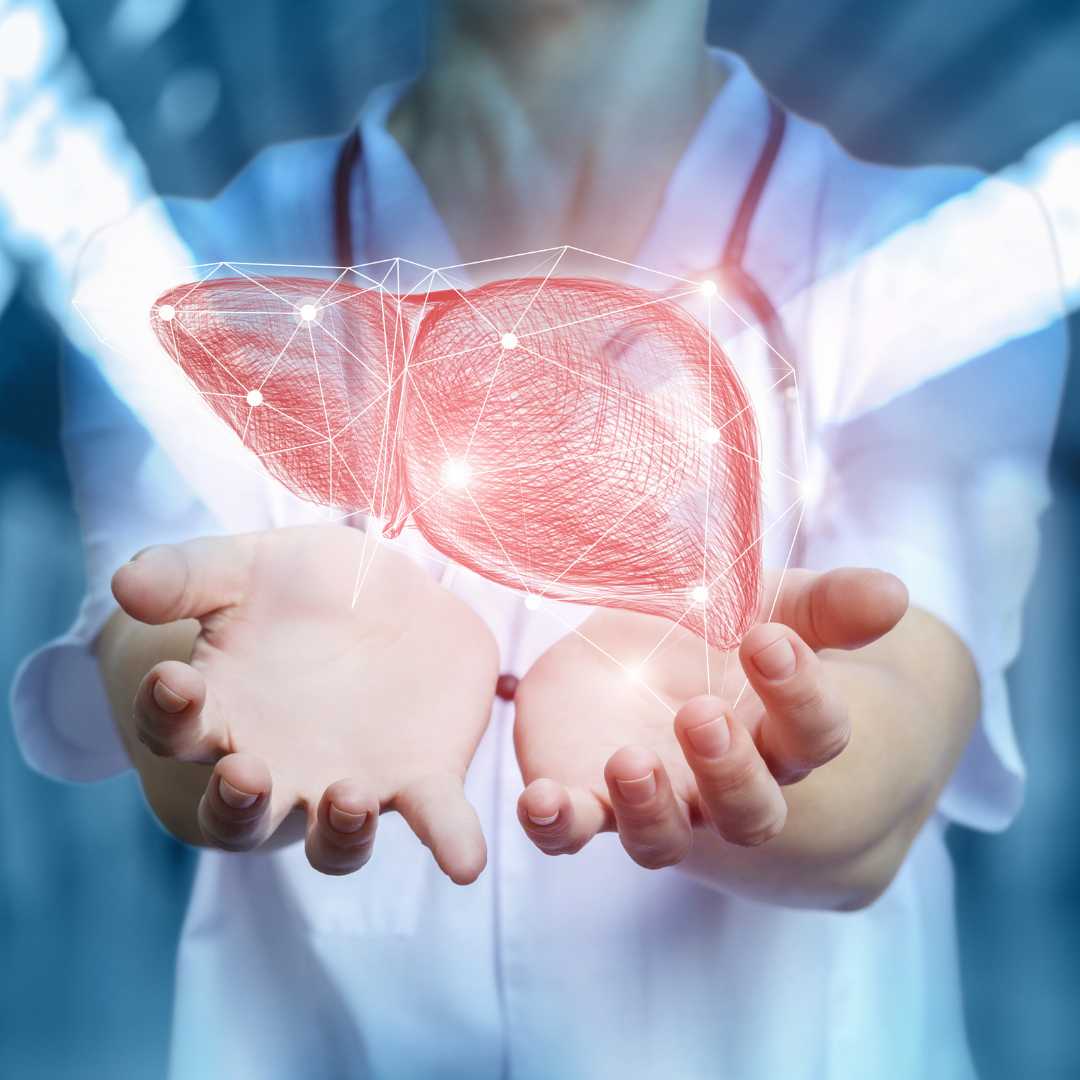
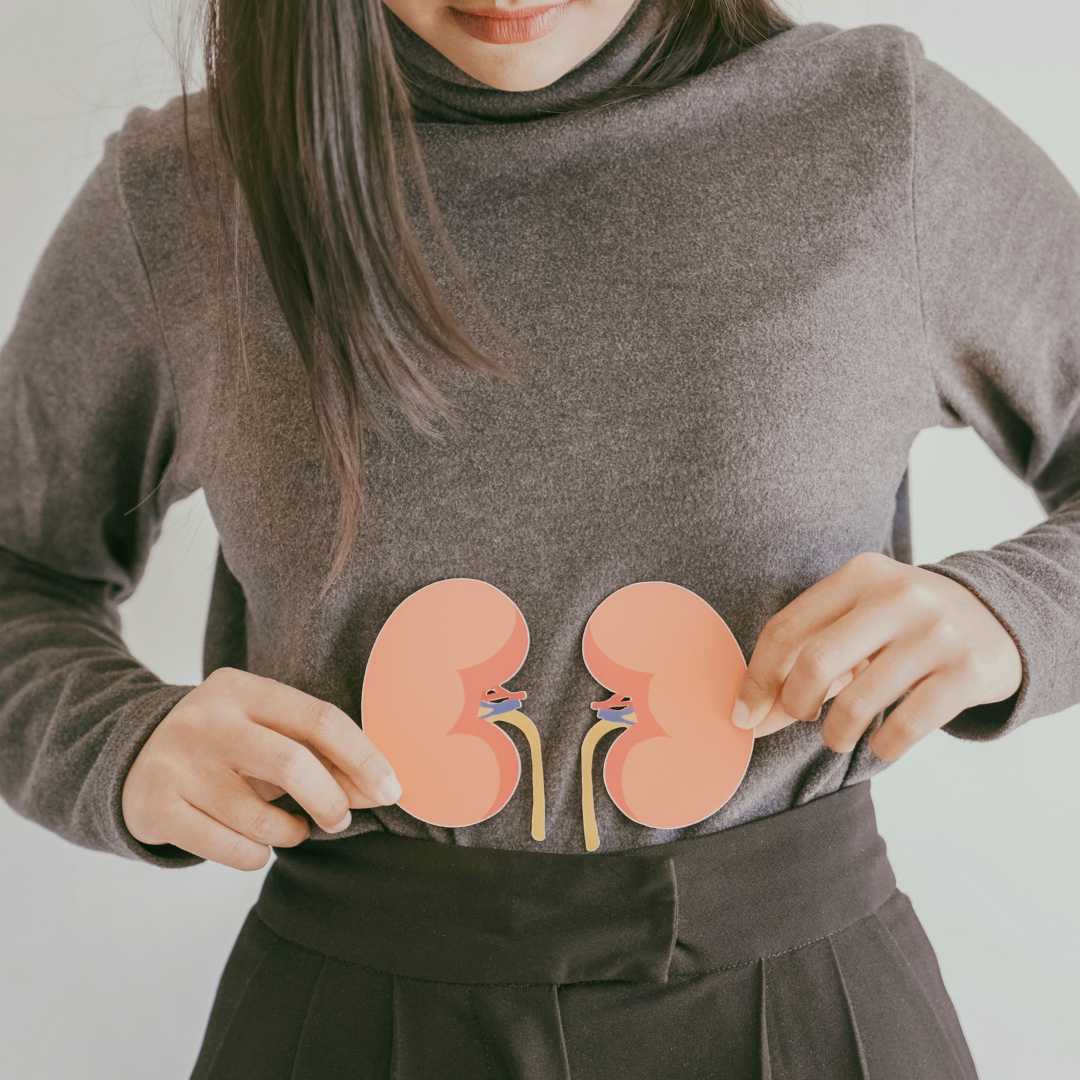
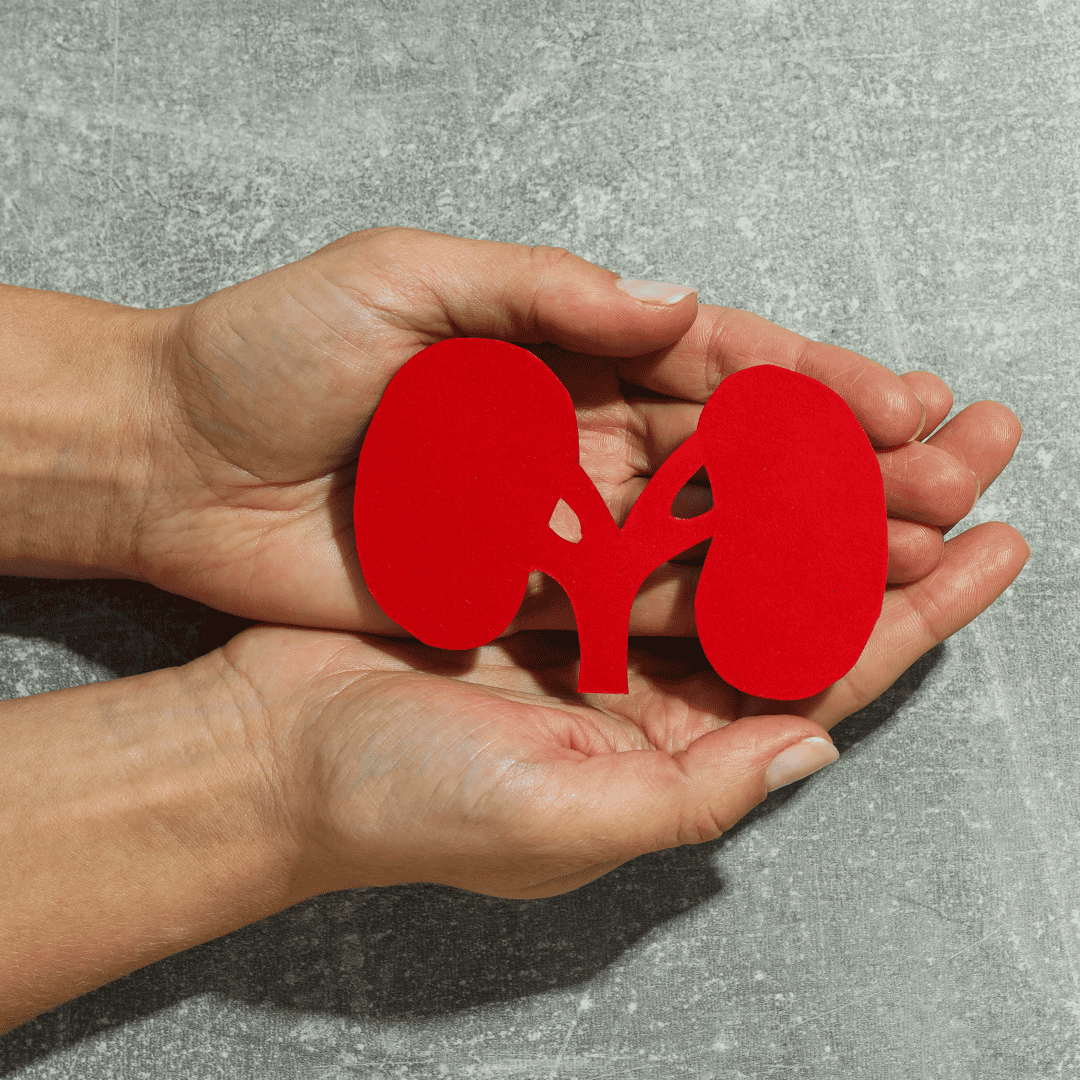
.png)



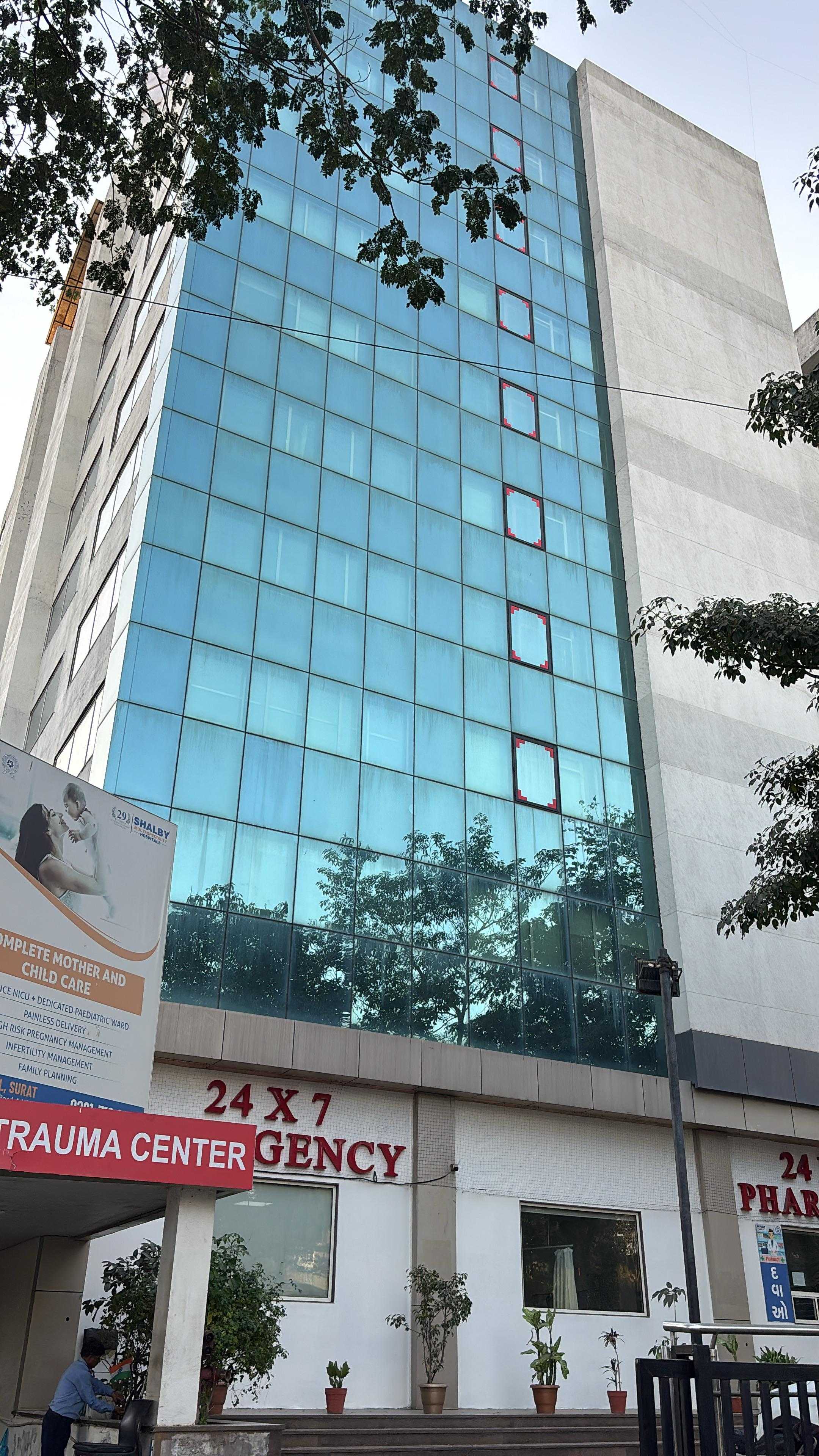
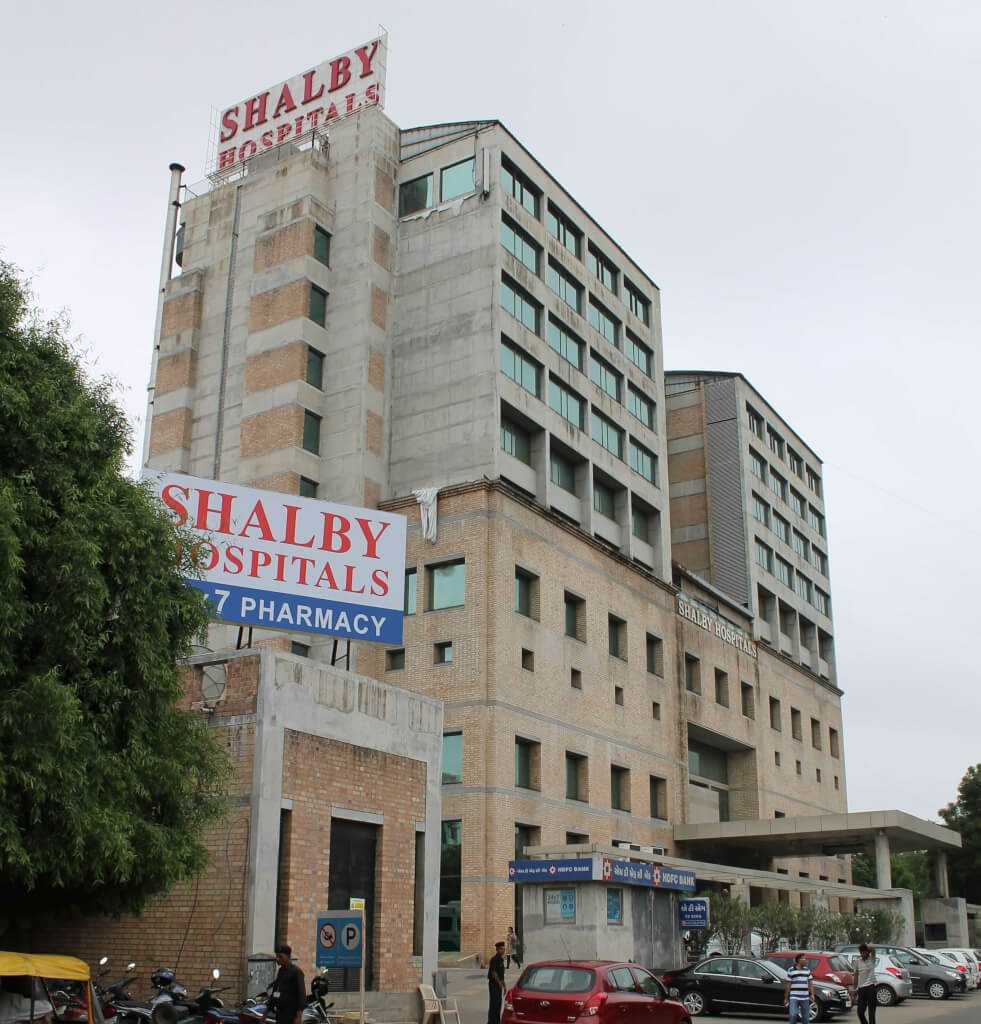

Share this listing